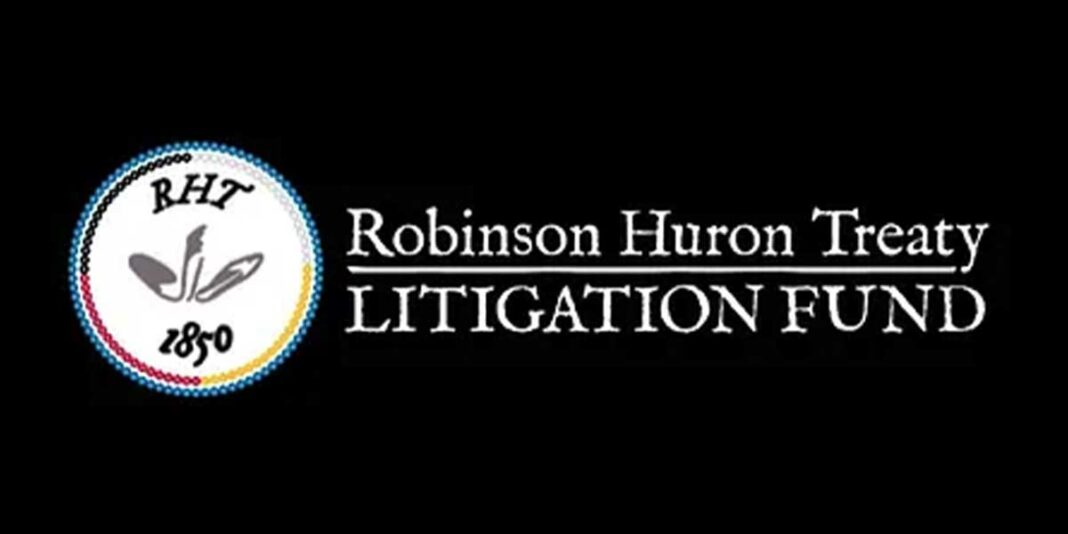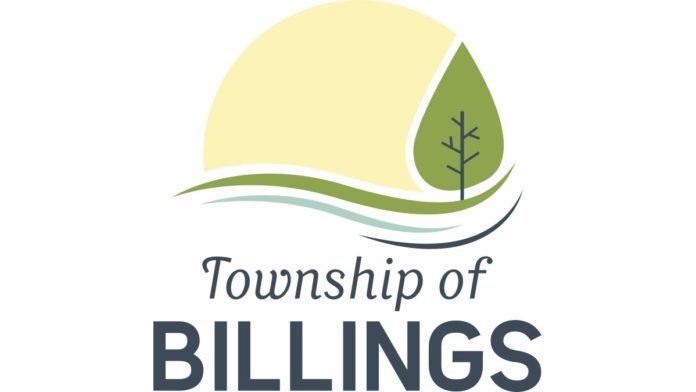SUDBURY— November 7 and 8, 2023, during its own declared Treaty Recognition Week, the Government of Ontario faced the Robinson Huron Treaty Litigation Fund, the latter comprised of 21 trustees appointed by First Nations councils, at the hearing to appeal an appeal that challenges the Treaty interpretation put forth by Justice Patricia Hennessy.
Judge Hennessy’s Stage 1 and Stage 2 findings were that First Nations plaintiffs’ claims are not barred by Ontario’s Limitations Act of 2002, which states that, unless another part of the act applies, a claim cannot be brought forth more than two years to the day on which a claim “was discovered.” Justice Hennessy’s decision also found that Ontario does not benefit from the doctrine of Crown Immunity, which states that “The doctrine of Crown immunity provides that a statute does not bind the Crown unless the statute expressly so states or it is otherwise clear from the enactment that the legislature intended the Crown to be bound.”
“Ontario is seeking to argue that the decision is up to them,” said David Nahwegahbo, lead counsel for the Robinson-Huron plaintiffs. “They say it might be reviewable, but the court cannot make the decision or issue an obligation to increase the annuity.”
The case was first brought before the Supreme Court in 2014, nearly a decade ago, when the Robinson Huron Treaty Litigation Fund (RHTLF) filed an annuities statement of claims, which they said left a clause for annuity augmentation overlooked for nearly 150 years. The original treaty, signed in 1850, promised that the Crown would pay an annuity of $2,400 to members of signatory First Nations in perpetuity and included an incentive for the Anishinaabek to sign.
The portion of the treaty being disputed reads: “Should the Territory hereby ceded by the parties of the second part at any future period produce such an amount as will enable the Government of this Province, without incurring loss, to increase the annuity hereby secured to them, then and in that case the same shall be augmented from time to time, provided that the amount paid to each individual shall not exceed the sum of one pound Provincial Currency in any one year, or such further sum as Her Majesty may be graciously pleased to order.”
Despite the billions of dollars in profits generated by the mining, forestry and fishing industries since the treaty’s signing, payments to the Anishinaabe were capped at $4 per person in 1874 and have stayed the same. The province appealed the decision to the Ontario Court of Appeal, which upheld the lower court’s findings in 2021.
This past summer, a proposed $10 billion settlement was reached between Robinson-Huron Treaty signatories and the federal and provincial governments. This is an historic case, and while this settlement deals with compensation for past annuities, the outcome could have implications for future annuities negotiations. In its factum, Ontario stresses that the treaty’s wording should be interpreted to mean that increases to the annuity are at the discretion of the Crown and are not for the court to rule on.
At the hearing, Supreme Court Judges were asked to examine Stages 1 and 2 of the trial regarding treaty interpretation and the augmentation of the clause. The province insists that its government holds the power to allocate public resources and that the courts should not decide this matter. “I don’t know why we’re in court; it’s just taking away more resources,” said Chief Patsy Corbiere of Aundeck Omni Kaning, one of the litigants in the case. “They say they want reconciliation, so they need to reconcile. This should have ended by now.”
This case has garnered national attention, and the hearing saw interveners from across Canada because it integrates the Anishnaabe Law and perspective into court processes. While the Supreme Court ruling won’t likely affect the RHT retroactive annuity payment, it could significantly impact future treaty law cases.






